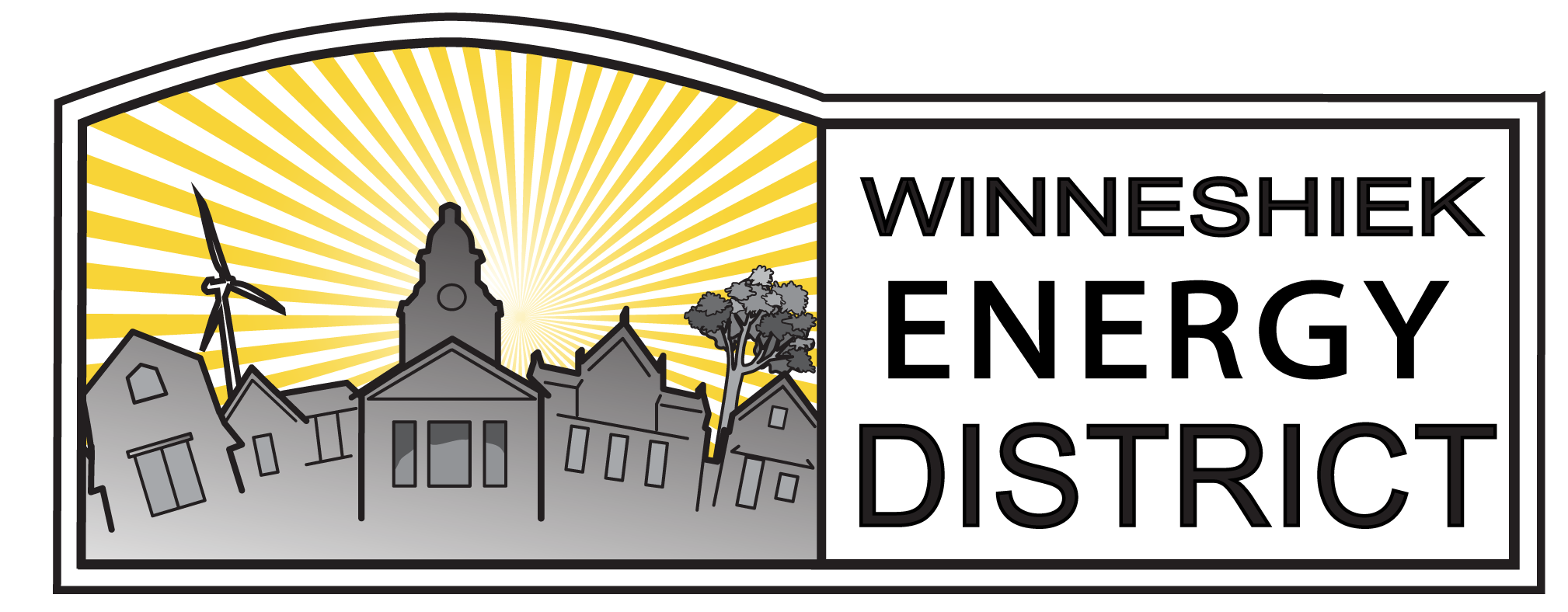Solar PV tax incentives are a powerful financial incentive for homeowners, farmers, and business owners considering going solar. Unfortunately, renewable energy tax credits are not refundable, and so not a fair incentive for those with limited tax liability, or for non-taxable entities. If you DO have tax liability, however, we recommend you act now, because the tax credits begin declining in value in 2020.
First, we’ll outline the basics, then below, we’ll provide links and brief notes for the federal and state solar tax incentives. Please talk to your tax professional for more information.
The Basics
The federal investment tax credit is 30% for residential and commercial systems.
Residential systems must be “placed in service”, and commercial systems must have “commenced construction” (more on what this means below), by December 31st, 2019. The federal credit drops to 26% for 2020 projects, 22% for 2021 projects, and 10% thereafter (for commercial, 0% for residential). Commercial projects (farm, business, and third-party owned “PPA”) are also eligible for 100% “bonus” (first year) depreciation.
The Upshot
Farms and businesses with tax liability can install solar PV systems in 2019 (or at least “commence construction” – more on this loophole below) and write down 65-75% (30% federal credit + 15% Iowa credit + depreciation) or more of the total costs on their taxes, resulting in simple paybacks of often 4-6 years.
Homeowners with tax liability can install solar PV systems in 2019 and write down 45% (30% federal credit) of the cost, resulting in simple paybacks of often 7-9 years. The warrantied life of the systems is generally 25 years.
Federal Tax Incentives
A good overview of the solar investment tax credit (ITC) is provided by the Solar Energy Industries Association here. The key point to reiterate is that the full 30% level is available through 2019, and then begins to ratchet down … except for the “safe harbor” loophole.
What is the “safe harbor” option? Residential and commercial solar ITCs fall under different sections of the federal tax code. A key distinction is that residential systems must be “placed in service” in the year for which the credit is claimed, while the commercial systems must only have “commenced construction”. Because large projects can take a long time to build, and the credit is meant to spur investment, the IRS determined that commercial project developers are eligible for the credit the year they “commence” construction, and have up to four years to complete the project as long as they make “continuous progress” towards completion. Read the details at the SEIA summary, or straight from the IRS guidance.
NOTE, the federal solar ITC also can cover battery storage systems, when installed with the purpose of storing energy produced by the solar energy system.
